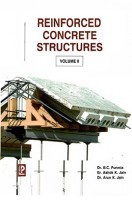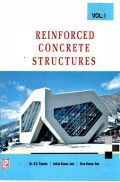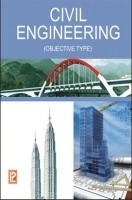2000 stipulates that limit state of design be adopted for design of RCC structures as far as possible. The present book has been written keeping this into account. The book is a humble effort on the part of authors to incorporate theory and advances in limit state design of RC structures. The authors have used their vast experience in field and have put in practical knowledge of designing various RC structures like dams, powerhouses, bridges, multistorey buildings, towers, chimneys etc. To make this book useful for students as well as practicing engineers. This book gives an insight into the important aspect of practical knowledge to the young graduates coming from engineering institutes one accepted by the industry without any additional on the job training. The book has abundant practical examples and incporates latest revisions in IS codes viz. IS 456 : 2000 and IS1893 : 2002. A special chapter has been devoted to earthquake resistant design of structures which has gained prominence after the devastating Bhuj earthquake in Gujarat. Another important facet for a design analysis of the structures using computers in day-to-day life of a civil engineer is also given.
This book Useful for Civil Engineering Students.
1. Reinforced Concrete-An Overview
2. Structural Design Using Limit State Method
3. Design of Flexural Members
4. Slabs
5. Design of Axially Loaded Compression Members With/Without Bending
6. Concrete Corbels
7. Walls
8. Stair Ways
9. Footings
10. Retaining Walls
11. Yield Line Theory
12. Joints in Buildings
13. Computer Aided Analysis
14. Analysis And Design of Earthquake-Resistance Structures
15. Detailing And Preparation of Construction Drawings
16. Classified Design Examples
17. Repair, Rehabilitation and Demolition of Structures
18. Non-destructive Testing Methods for the Assessment of Concrete Structures
19. Innovations in Concreting Technology
20. Appendices


















